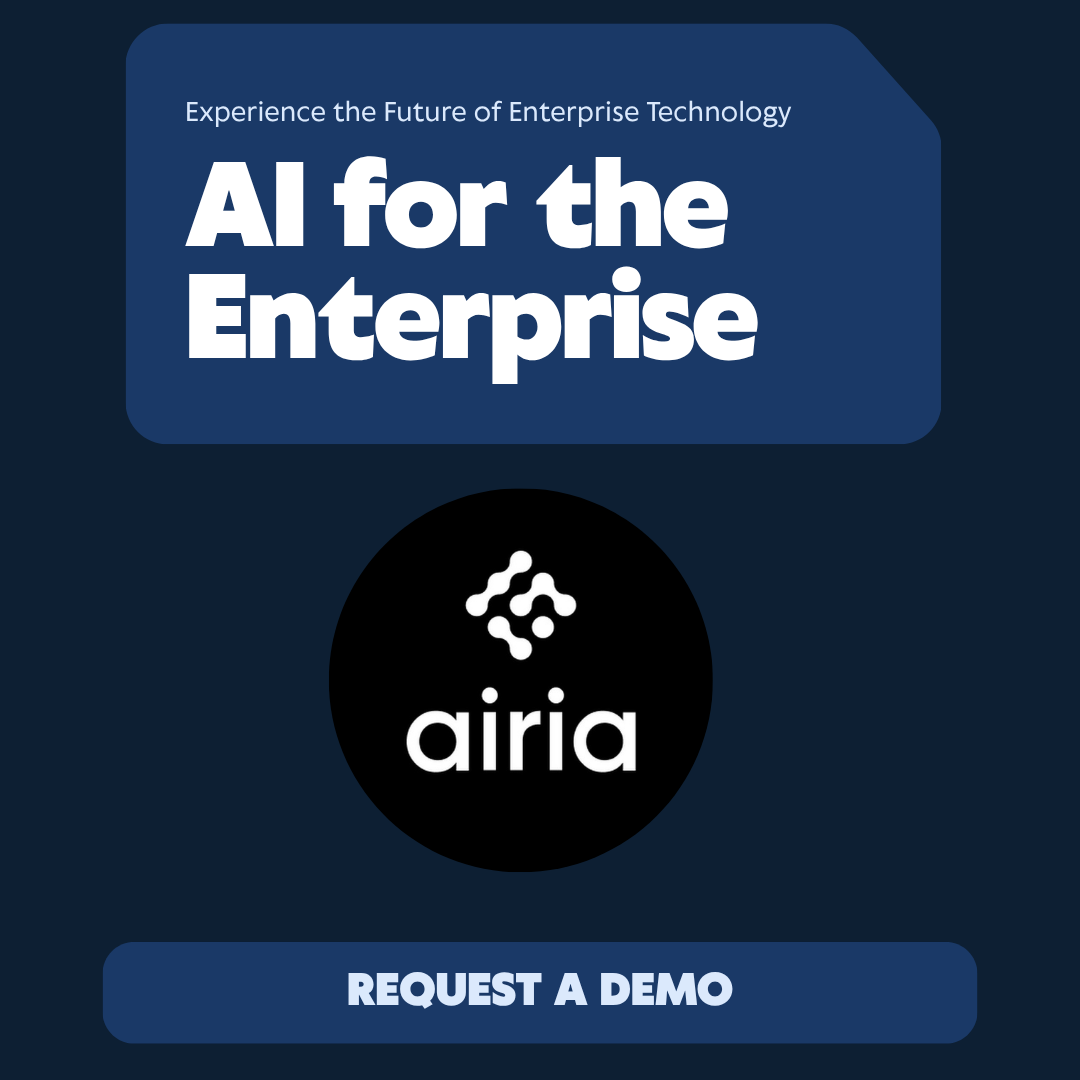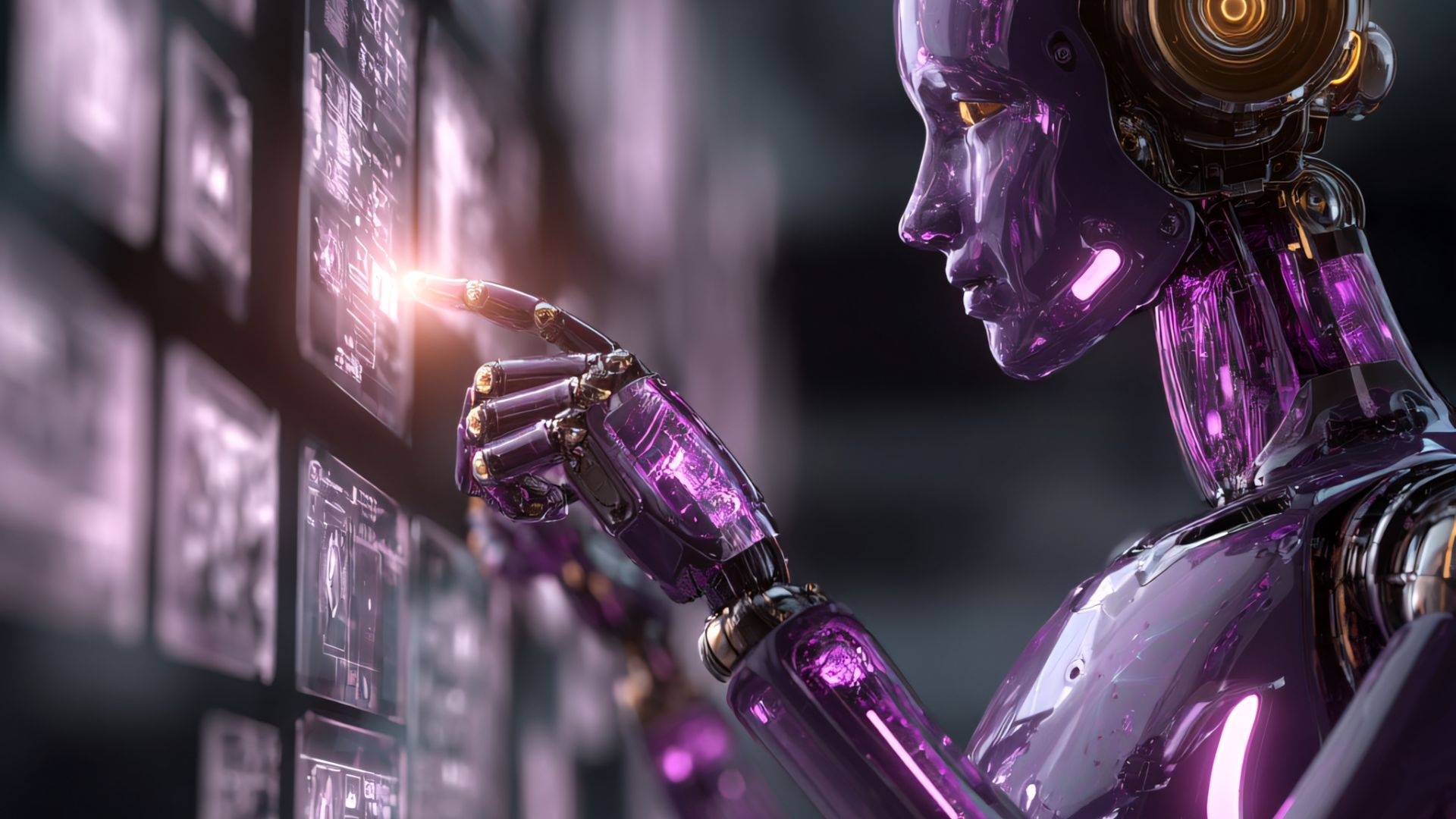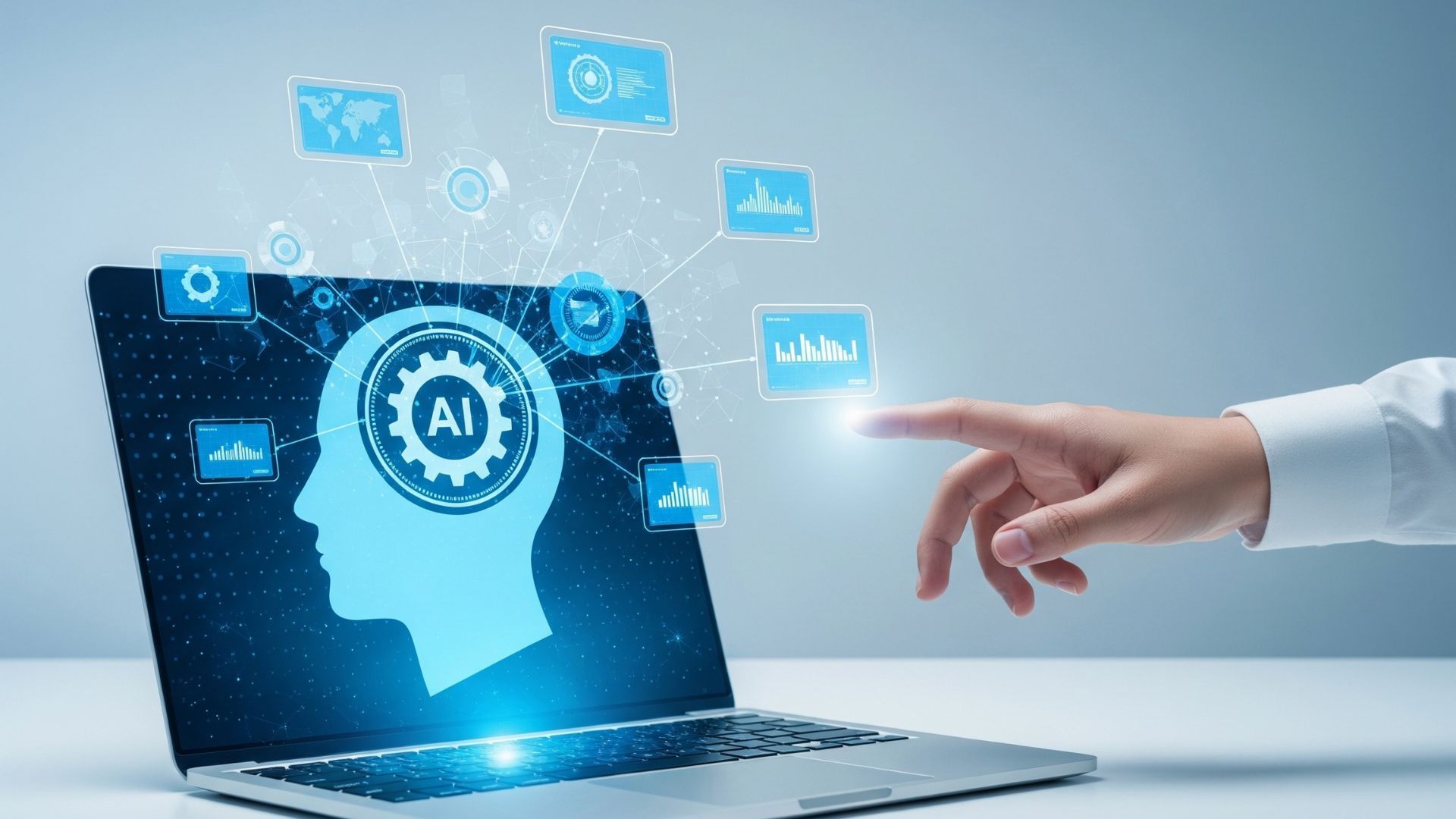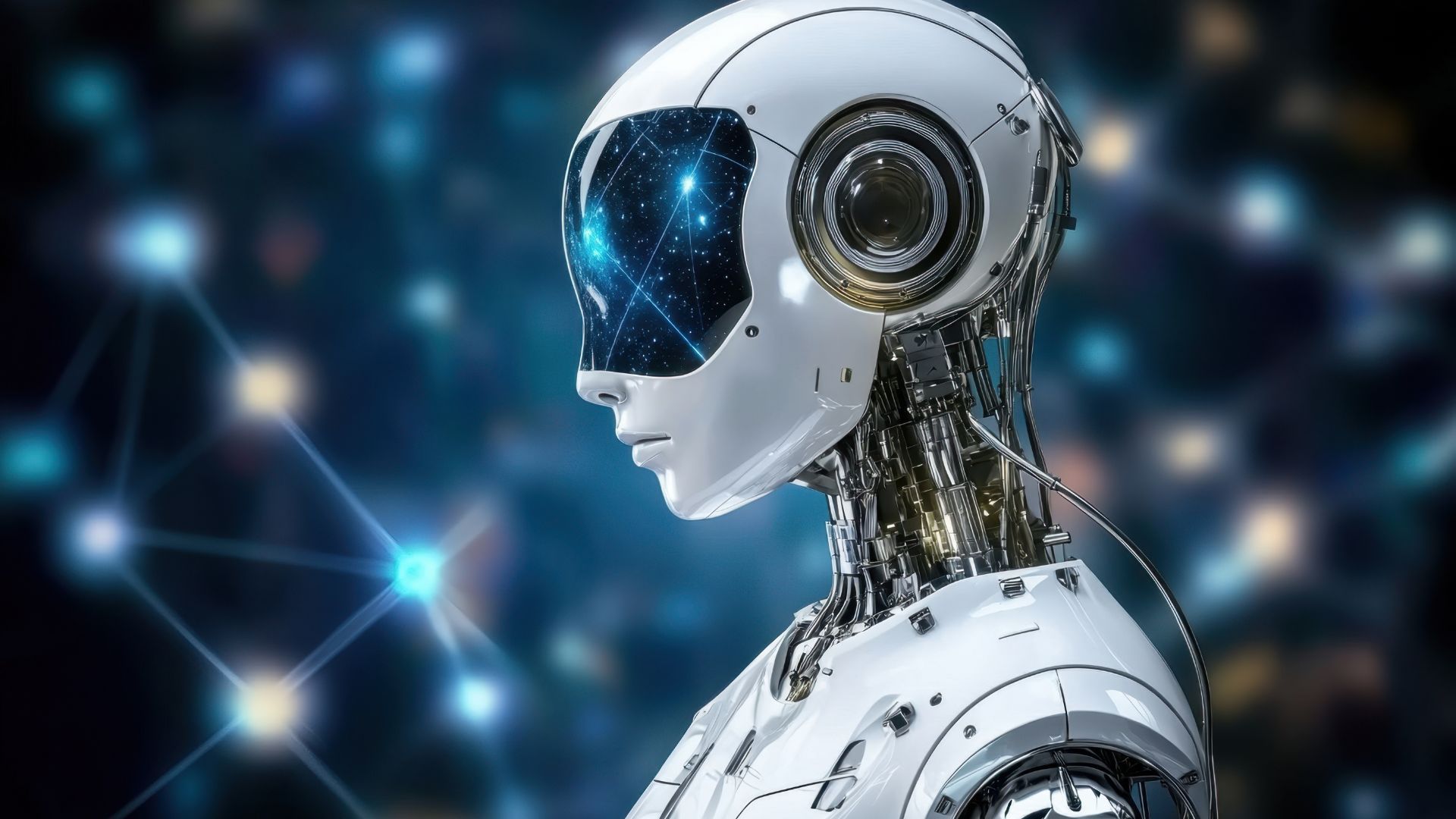AI in Warehousing: Pallets, Picks, and Predictions
The Future of
Warehousing Is Intelligent
Walk into a modern warehouse today, and you’ll see more than forklifts and shelving. You’ll see sensors, vision systems, autonomous robots, and algorithms quietly choreographing every move.
Warehousing has become one of the most visible proving grounds for
AI-powered automation, where efficiency meets intelligence. Once driven purely by muscle and manpower, fulfillment centers now rely on data models that predict, coordinate, and optimize operations with precision once reserved for air-traffic control.
Supply Chain Secrete Sauce
Free Distribution KPIsFrom Manual to
Machine Learning
Historically, warehouse managers depended on experience and spreadsheets to forecast demand and allocate labor. Now,
machine-learning models anticipate inventory needs, flag potential slowdowns, and dynamically adjust workflows in real time.
These systems don’t just react to volume—they predict it.
By analyzing order history, seasonality, and external data like weather or fuel prices, AI enables facilities to:
- Forecast inventory at SKU and regional levels
- Schedule labor automatically based on predicted demand
- Prevent overstocking and stockouts before they occur
- Optimize the placement of fast-moving goods to reduce travel time
When combined with robotics and IoT sensors, this intelligence creates a warehouse that’s not just automated—but adaptive.
Robotics:
From Picking to Co-Working
The new face of warehouse automation isn’t a human replacement—it’s a human teammate.
Collaborative robots (“cobots”) like those from
Locus Robotics,
6 River Systems, and
Fetch Robotics work alongside people, picking and transporting goods across large facilities. AI allows these bots to map routes, avoid congestion, and learn from traffic patterns, reducing the average pick time by up to
40%.
Even more advanced systems are now capable of dynamic slotting—rearranging inventory zones automatically based on changing order patterns. The result?
- Faster throughput
- Fewer errors
- Safer working conditions
Computer Vision:
Seeing Every Pallet
AI-enabled cameras and sensors have given warehouses a new kind of eyesight.
Computer vision systems monitor pallet movement, identify misplaced inventory, and even assess packaging integrity. In cold storage facilities, thermal imaging and vision analytics can detect temperature inconsistencies before products spoil.
For quality-control teams, these tools act as tireless inspectors—logging every product that enters or leaves, ensuring compliance and accuracy at scale.
Predictive Maintenance:
Keeping Operations Always-On
Equipment downtime costs money—sometimes millions per hour.
AI-driven predictive maintenance systems analyze vibration, temperature, and performance data from forklifts, conveyors, and sortation equipment to forecast mechanical failures before they happen.
By flagging anomalies early, warehouses can:
- Extend equipment lifespan
- Reduce unplanned outages
- Lower maintenance costs by up to 25%
This kind of foresight turns maintenance from a reactive chore into a strategic advantage.
The Rise of the
Digital Twin
Leading logistics providers are now building
digital twins—virtual replicas of entire warehouses that simulate operations in real time.
Using data from sensors, robotics, and order management systems, these digital models let managers test new layouts, staffing strategies, or equipment configurations without interrupting production.
For large networks with multiple facilities, digital twins allow comparisons across locations, helping standardize best practices and uncover efficiency gaps instantly.
Data Meets Delivery:
Smarter Networks
The AI warehouse doesn’t operate in isolation.
Through connected supply-chain ecosystems, real-time data flows between suppliers, fulfillment centers, and delivery fleets. This transparency enables:
- Route optimization that shortens delivery times and cuts fuel use
- AI-driven dock scheduling that eliminates bottlenecks
- End-to-end visibility so customers can track orders from pallet to porch
It’s a symphony of synchronized systems—each informed by the same intelligence.
Challenges and Considerations
Even the smartest warehouses face hurdles:
- Integration Complexity: Legacy systems often resist automation.
- Data Quality: AI is only as good as the accuracy of its inputs.
- Workforce Transition: Upskilling teams to manage and interpret AI outputs remains critical.
Forward-thinking companies are pairing every technology rollout with
change-management programs—turning warehouse associates into data-literate problem solvers rather than system operators.
Supply Chain Secrete Sauce
Free Distribution KPIsKey Players Shaping the Space
- Amazon Robotics – pioneers of AI-based warehouse orchestration
- Symbotic
– modular robotics with computer-vision intelligence
- Ocado Smart Platform – predictive fulfillment technology for grocers
- Locus Robotics / 6 River Systems – collaborative robot fleets for high-volume e-commerce
- GreyOrange – machine-learning warehouse execution software
The Bottom Line
AI is transforming warehousing from a cost center into a strategic intelligence hub.
Where forklifts once ruled, algorithms now orchestrate—predicting demand, optimizing movement, and learning from every order processed.
The result is faster, safer, and more resilient supply-chain performance.
In the age of instant delivery, that’s not a luxury—it’s a necessity.
Gain Your Advantage
At GAIN Magazine, we explore how AI is reshaping logistics, leadership, and every link in the supply chain.
Subscribe today
to stay ahead of the technologies driving tomorrow’s efficiency.















